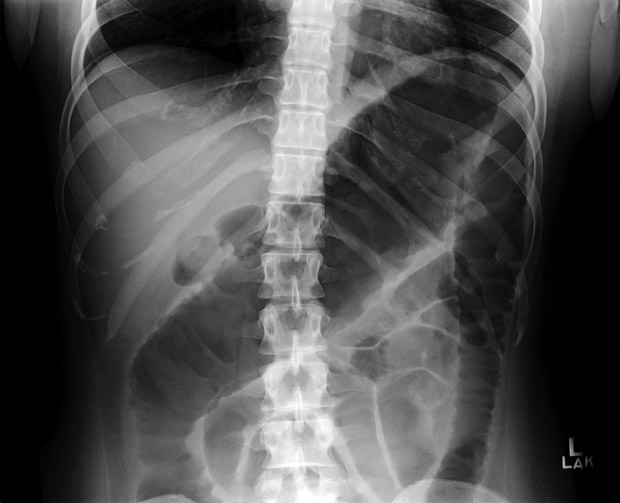Is telehealth ready for prime time?
Recent surveys have found that a sizable share of internists and primary care physicians have implemented technology for one or more telehealth services.
Telehealth is getting easier … sort of. Even since the Practice Tips column on this subject one year ago, progress (both technological and financial) continues to inch forward. While the use of telehealth (which includes video visits, peer-to-peer e-consults, remote monitoring and/or care management, and medical-grade wearable devices) is still new in terms of the level of implementation as well as the technologies available, it is definitely gaining momentum. As payers, both private and public, begin establishing guidelines and paying for telehealth services, most expect this area to explode in the next year or two.
Recent surveys conducted by ACP, the Healthcare Information and Management Systems Society, and the health care consulting firm Deloitte have found that a sizable share of internists and primary care physicians have implemented technology for one or more telehealth services. One-third of ACP members are using some form of virtual communication tools to conduct peer-to-peer consults about a patient. Twenty-four percent of ACP members are using digital technology to provide remote care management or coaching to patients about health status or lifestyle behaviors. Only 20% of members are currently using video visits, but many more say they are considering implementing this technology in the coming year.
Beginning in 2019, Medicare established new payment codes for services provided using “communication technology,” including virtual check-ins, e-consultations, and remote evaluation of patient images and videos. The new codes are as follows.
- G2012: Brief communication technology-based service, e.g., virtual check-in. Communication must be between a billing clinician and a patient to determine if an office visit is necessary. It must be initiated by the patient (because the patient may have financial responsibility) and must involve the billing clinician only (not staff). In addition, the billing clinician must not have billed for an evaluation and management (E&M) service within the previous seven days for the patient (otherwise the check-in is considered part of the previous E&M).
- G2010: Remote evaluation of prerecorded video and/or images submitted by an established patient. These services involve “store-and-forward” asynchronous communication technology, such as still or video images or information from heart rate monitors or other devices that collect patient data. Again, this service cannot be billed separately if an E&M service occurred during the previous seven days.
- 99453, 99454, and 99457: Chronic care remote physiologic monitoring (e.g., weight, blood pressure, pulse oximetry, respiratory flow rate).
- 99451, 99452, 99446, 99447, 99448, and 99449: Interprofessional internet consultation. These codes are for peer-to-peer consultations about a patient and can be a telephone or internet-based interaction. Because there will be cost sharing, treating clinicians will need to document verbal consent from the patient.
Beginning in July 2019, CMS will remove the geographic requirements for originating site of care and add the patient's home as an originating site for services provided for treatment of a substance use disorder or a co-occurring mental health disorder. (This interim final rule is a provision from the Substance Use-Disorder Prevention that Promotes Opioid Recovery and Treatment [SUPPORT] Act for Patients and Communities.) Geographic restrictions and patient setting have been loosened for acute stroke-related services, home dialysis for end-stage renal disease, and services furnished in certain accountable care organizations.
Other private payers also currently reimburse for telehealth services. UnitedHealthcare, Aetna, and some Blue Cross Blue Shield plans pay for services provided using the GT and GQ modifier according to varying criteria, most of which can be found fairly easily on their websites. Payers often follow Medicare, so it is important to consider both Medicare and private payer rules when considering how and when to implement telehealth.
As telehealth payment and regulatory challenges are removed, more clinicians are likely to consider incorporating telehealth into their practices. Technology integration may already be available in practices' electronic health records. For instance, Epic offers integrations with video-visit platforms as well as remote patient monitoring. Some insulin pumps, continuous glucose monitors, and glucometers can be integrated with the electronic health record. One of the biggest challenges for ACP members surveyed is how to integrate digital care into practice workflows; there are also concerns about security and privacy.
ACP will work on resources to help members implement telehealth over the coming months, including planning, reviewing relevant state regulations regarding telehealth and informed consent, handling billing and reimbursement, deciding on vendor selection and/or integration, and maximizing the benefits of telehealth. In the meantime, members can review ACP's policy recommendations to guide the use of telehealth in primary care.
Margo Williams, MHA, CMPE, is Senior Associate, Practice Management in ACP's Department of Medical Practice, which provides members with resources related to practice management, compliance, and health information technology.



